Plants.
The pandemic hobby that's been sweeping the globe, and for good reason. Plants are amazing, beautiful, and improve air quality in your home. Growing things is good for us.
Plants can be used for more than just looks and in fact, people have been growing them for as long as time has been recorded. Plants, when incorporated properly, are good for our well-being, healing, gardening, food, beauty, and even ceremonies in our lives.
As it so happens, Mother Nature knew what she was doing when she gave us plants and herbs.
If you are looking for a sign you should dip your toes into the gardening world, this is it.
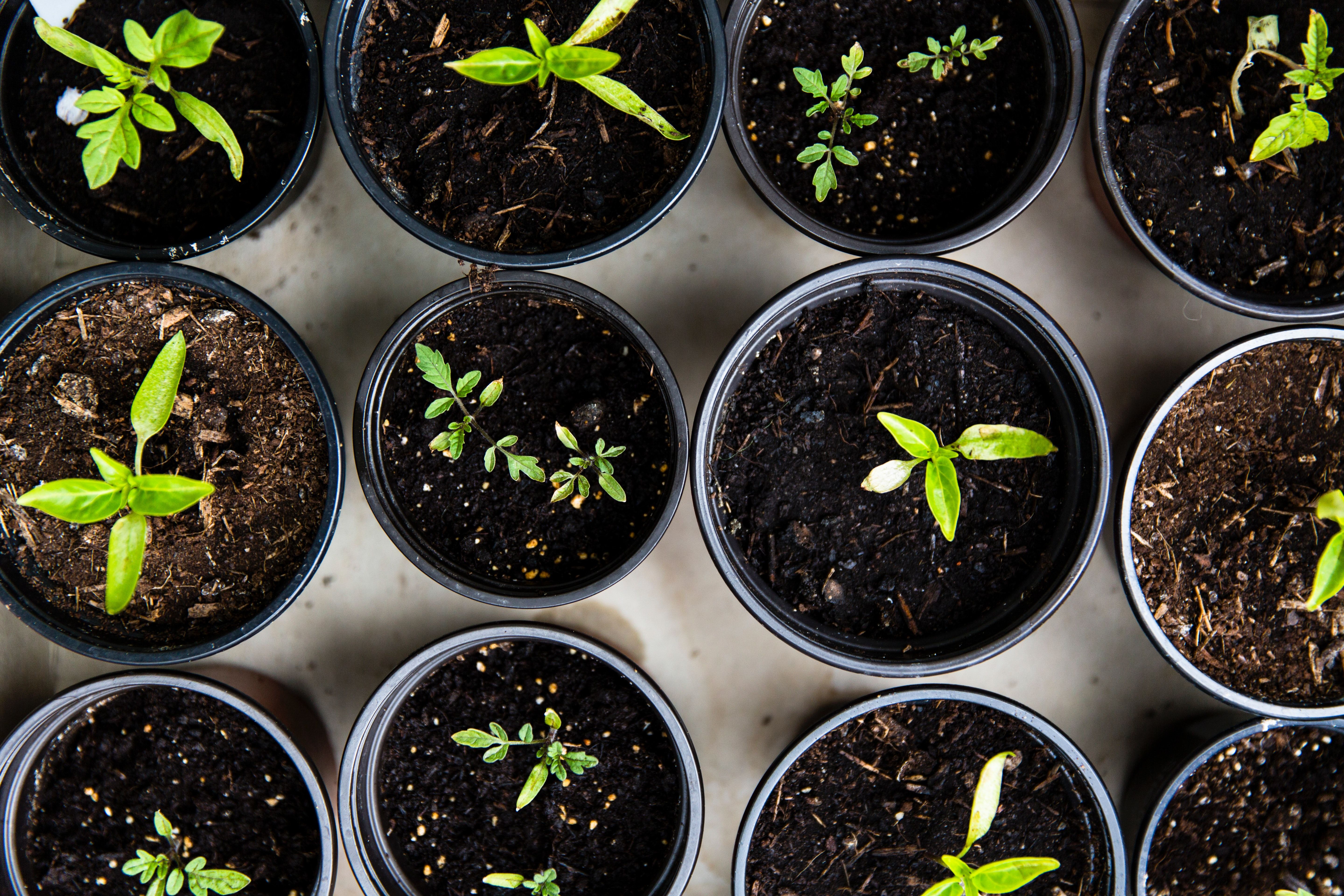
So you want to get into gardening but don't know where to start?
Perfect, me too. I started researching after I realized I had no clue where to start. Now I've figured out what I want to grow and why. I'm the kind of girl that needs a reason. Sure, it's nice to grow herbs to season my salads, but what else can they be used for? Check out what I learned by reading on. You might be surprised to learn just how many uses herbs and plants can have. If it can save money while improving your mental health and giving you a hobby, why not try it out.
Parsley
Parsley is a herb. I'm not particularly fond of it as a topping or garnish, which is where I usually see it used. Well, parsley is NOT just a garnish. This herb is easy to grow and can be used in all kinds of dishes. Try making your own vibrant green pesto, with parsley instead of basil. Add parsley to your favorite omelet recipe for a new taste. Make a parsley salad with walnuts, raisins, and an oil and vinegar dressing.
With only 3 simple pieces, no power tools necessary, I made this little herb planter last year and it has served me well.
Lemon Balm
I had never heard about this herb before but it's part of the mint family. I was gifted mine by my neighbor so I thought I would look into why it's such a popular herb for avid gardeners.
The first documented use of lemon balm was over 2000 years ago by the Greeks and Romans who called it the "elixir of life". Nicholas Culpeper, a herbalist in 1655 suggested lemon balm should be for weak stomachs, to cause the heart to become merry, to help digestion, to open obstructions of the brain, and to expel melancholy vapors from the heart and arteries. 😳
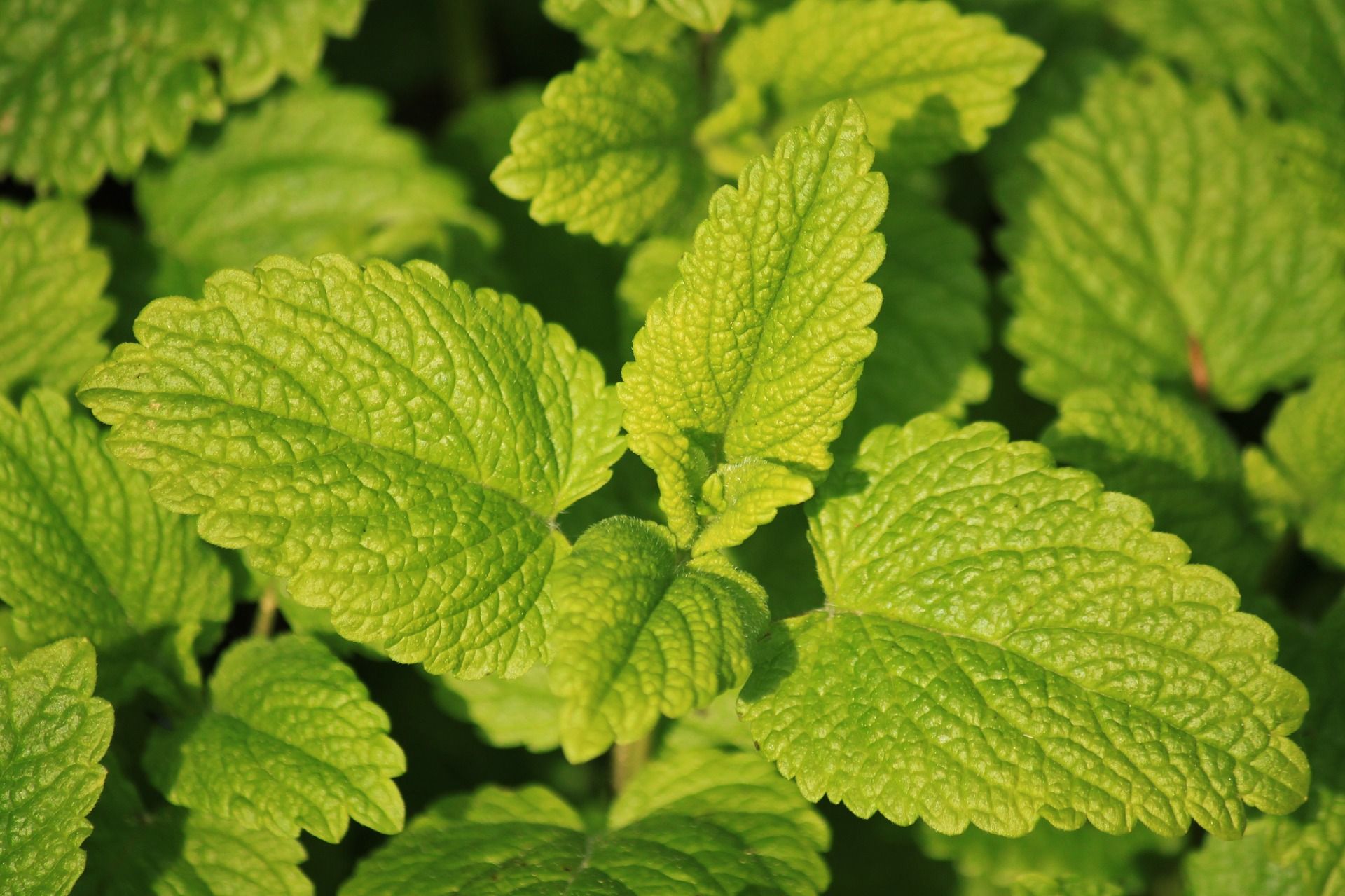
Now that we have modern medicine people mainly use the leaves from the plant in teas and potpourris.
Lemon balm is easy to grow and will grow in almost any soil, so it's a perfect plant for beginners. Once established, your lemon balms will produce a lot of leaves, I plan on drying them out and placing them strategically in my home. Lemon balm is also good to grow since it's a perfect mosquito and tick repellent! Mosquitoes have a sensitive sense of smell, and the smell from the lemon balm will overpower anything else including the smell of your skin, meaning they're less likely to come near you.
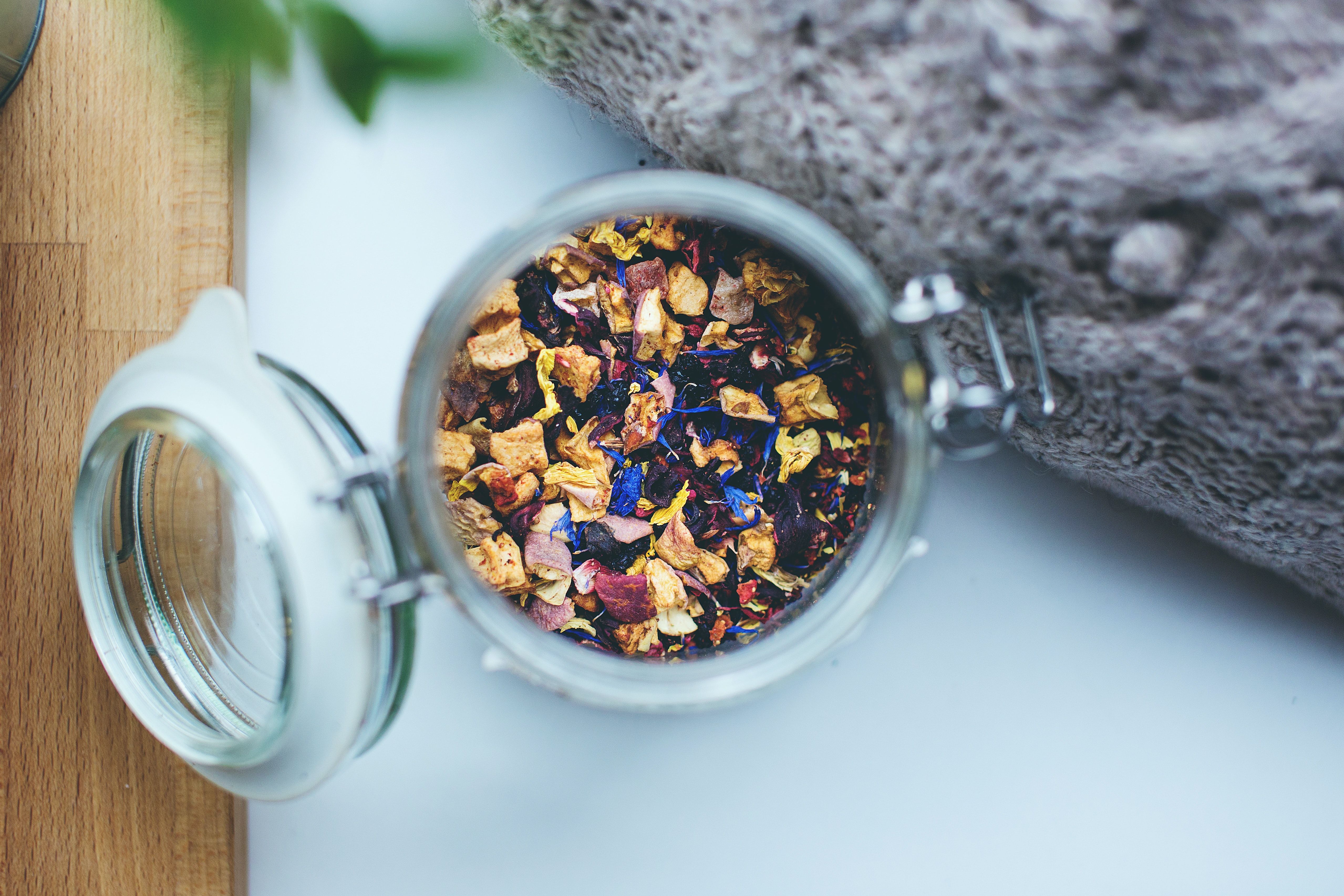
Sage
With woody stems, grayish leaves, and blue to purplish flowers sage is another member of the mint family with a long history of medicinal and culinary use.
Sage has been used since ancient times for warding off evil, snakebites, increasing women's fertility, and more. and more. The Romans called it the "holy herb".
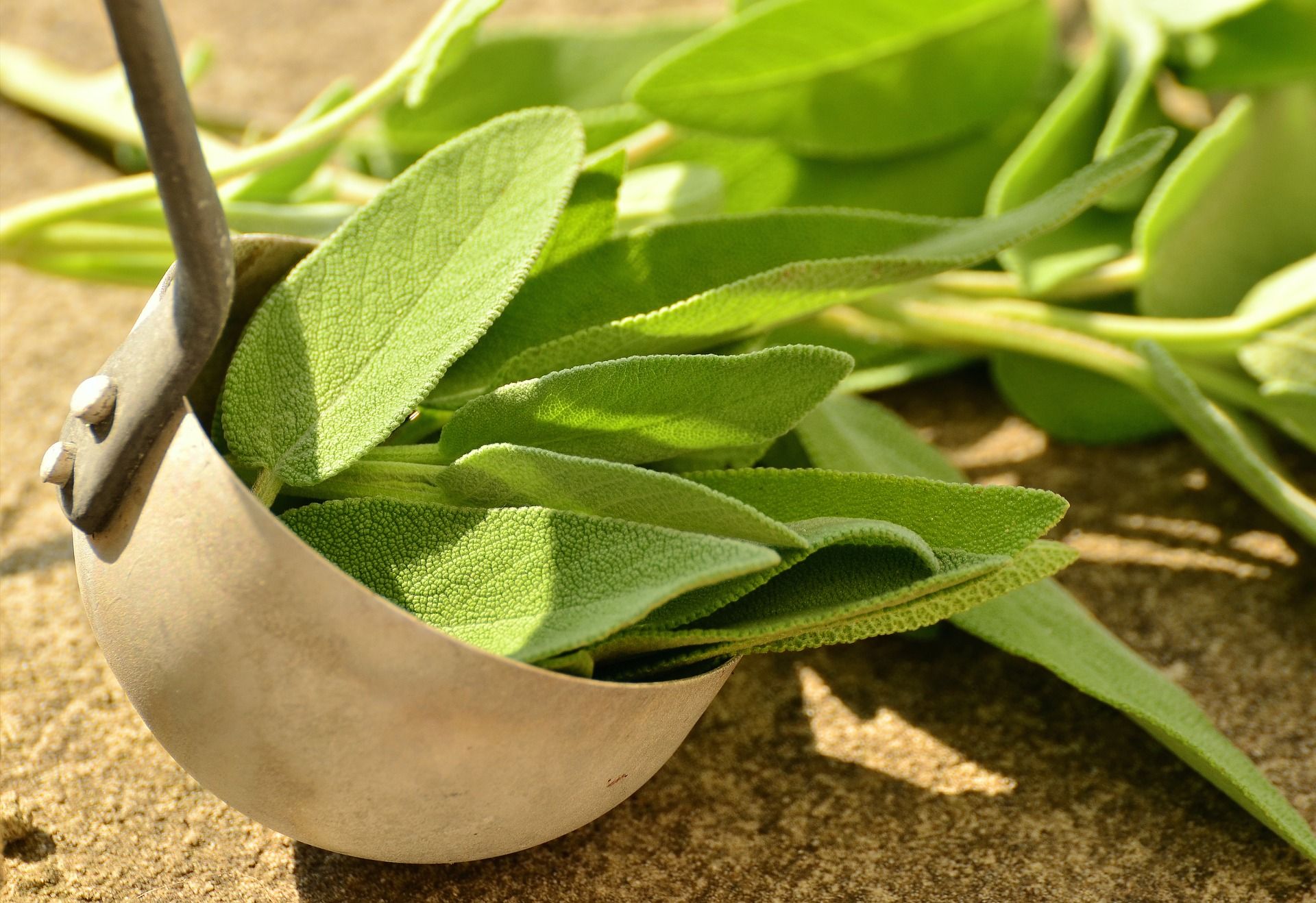
These days, people mostly use sage for its savory, almost peppery flavor. Sage is very high in vitamin K, and it also contains vital minerals like magnesium, zinc, and copper. If you are thinking of growing vegetables, you should definitely grow some sage nearby. Sage repels the cabbage moth and the carrot rust fly, making it a great companion plant in the vegetable garden.
Sage is a relatively low-maintenance plant that is easy to grow. When in bloom, sage attracts pollinators and beneficial insects to your garden
Rosemary
This famous star of the culinary world with fragrant, evergreen, needle-like leaves and white, pink, purple, or blue flowers comes to us from the Mediterranean corner of the world. It's another member of the mint family.
Rosemary is as old as time and was first mentioned in 5000 BC. It was used by Egyptians as part of the burial ceremony. I primarily thought of rosemary as a way to season roast lamb but have since discovered it's good for much more.
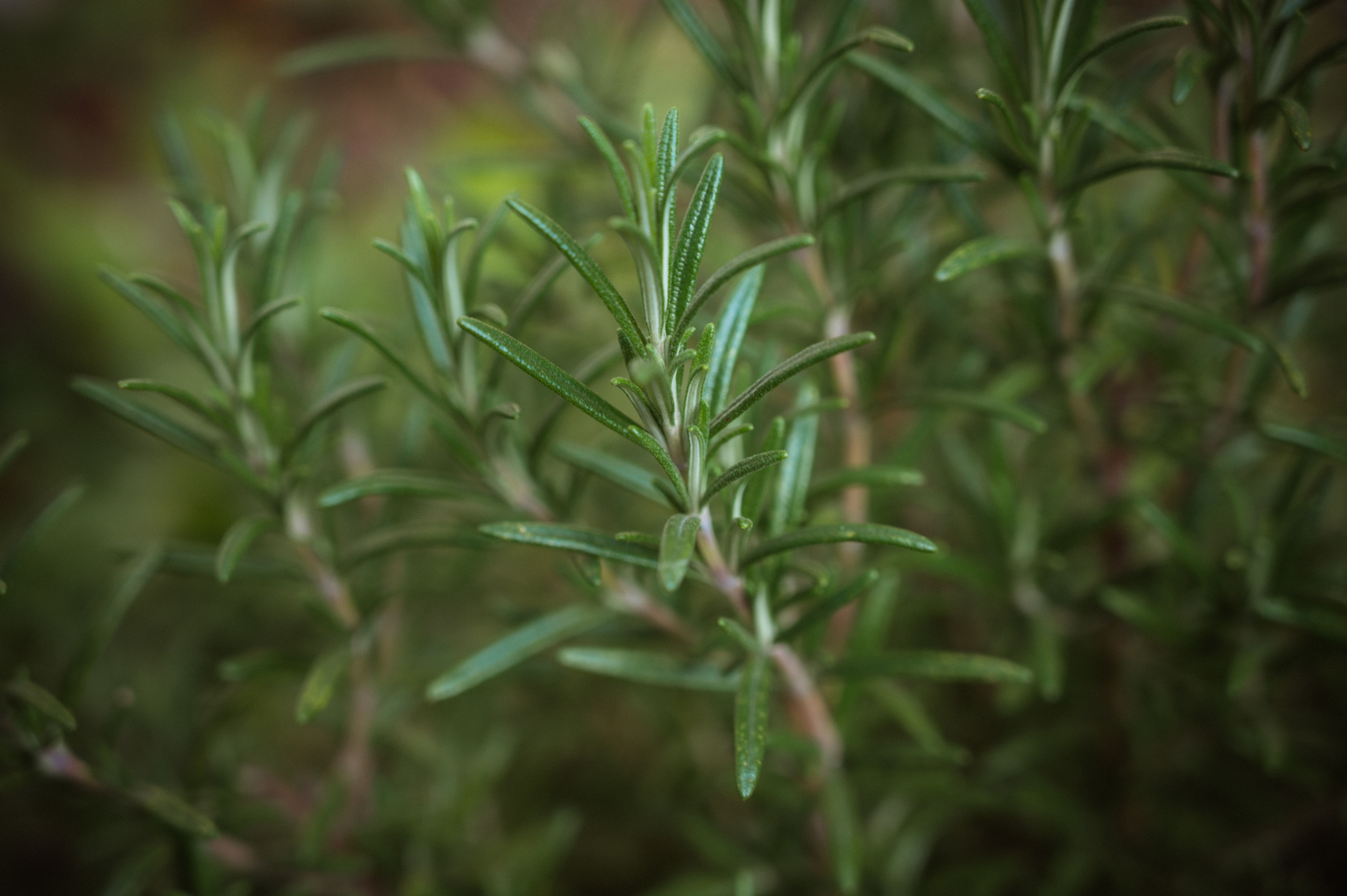
Rosemary was a little too tricky for me to try and grow from seed, so I picked a little one up from a box store and placed it in my mason jar garden. Simply harvest individual leaves by pulling them off the plant.
What can rosemary be used for? Add rosemary to lemon and water and simmer for a fresh potpourri. Add sprigs to small sachets and place them in drawers or in your dryer.
My favorite though is this one: don't let mosquitoes ruin your summer fun, rosemary is known for its repellent purposes, and the live plant and cuttings from it are effective at repelling mosquitoes. This all-natural Mason Jar Mosquito Repellent will help keep you bug-free
Thyme
Thyme is an aromatic perennial evergreen herb that is part of the mint family. First used by the Ancient Egyptians for embalming, thyme was also used in baths by the ancient Greeks and Romans for air purification.
In my humble opinion, this is one of the best herbs you can grow in your garden. Not only does it smell great but thyme can also be used in your food, burnt as an incense, put in beauty products, or even brewed as a tea.
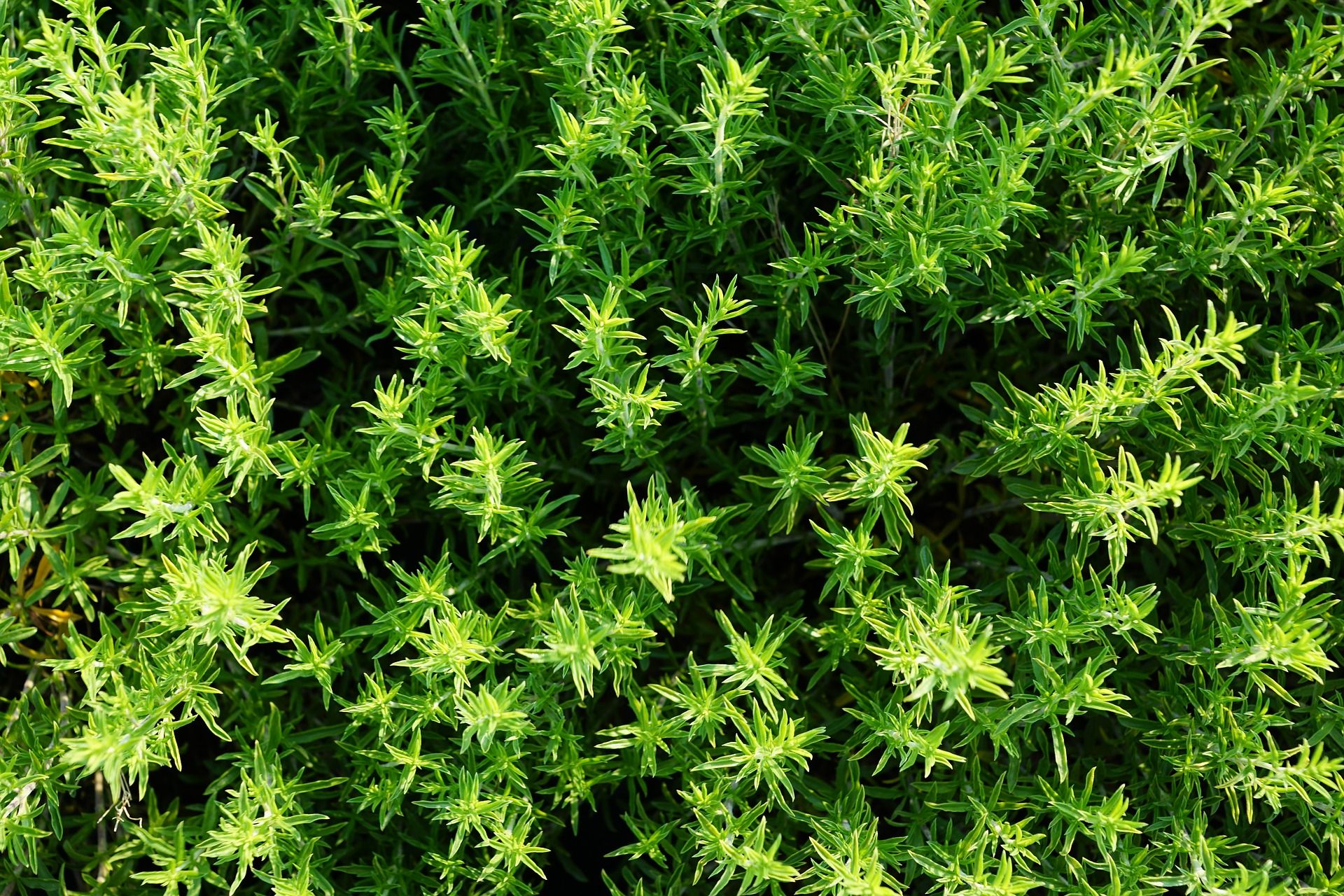
Plant thyme around your tomato plants to act as a passive bug repellent and keep them safe. You can also throw half a cup of fresh thyme in a food processor and then add it to two cups of water and a teaspoon of dish soap. Strain and place in a spray bottle for a homemade repellant.
Add thyme to your butter for a tasty treat on fresh bread.
Combine these three ingredients and place in a jar for a delicious lemon-thyme salt seasoning
- 1/2 cup coarse salt
- 1/4 cup finely chopped fresh thyme
- 2 tablespoons freshly grated lemon zest
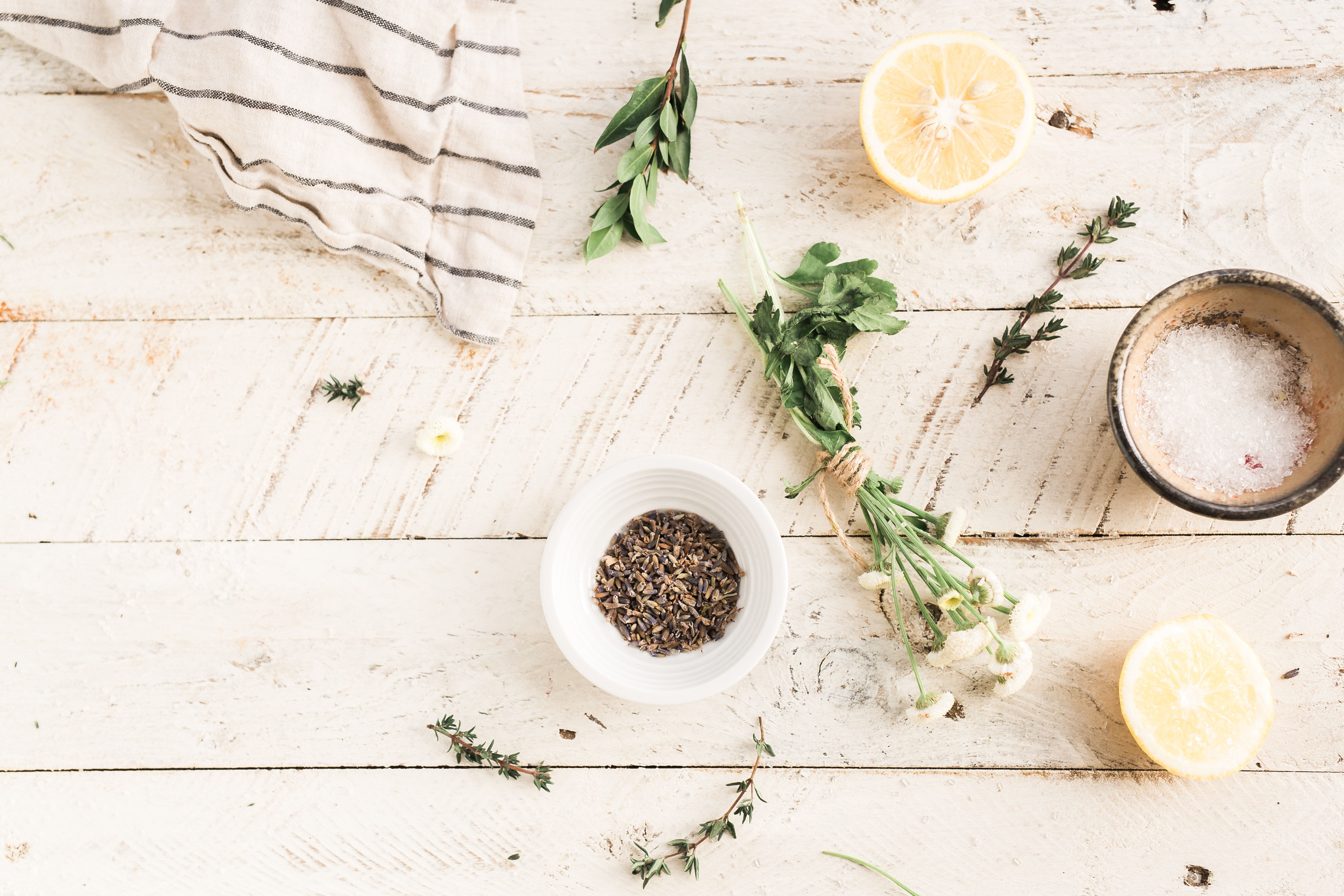
Lavender
Where would we be without the lovely lavender? There is a color named after this beloved member of the mint plant family. Commercially, the plant is grown mainly for the production of lavender essential oil.
Lavender is also used in cooking as a spice or condiment in portions of pasta, salads, dressings, and desserts.
I would consider lavender to be best for a novice gardener but don't let this discourage you from trying. I did not attempt to grow from seed, but instead purchased it from a box store and gave it well draining soil and full sun in my garden. You can gather the flowers just as they open. I put them on baking trays to dry or I hung them upside down in small bunches. Then placed in small bowls and sachets in my home. If you want to use the leaves fresh, pick them anytime.
Calendula or Marigold
Meet another member of the daisy family. The calendula is one of the two birth flowers for the month of October, the other being cosmos.
Calendula was used historically for headaches, red eyes, fever, and toothaches but these days we mainly grow them for a pop of color in the garden.
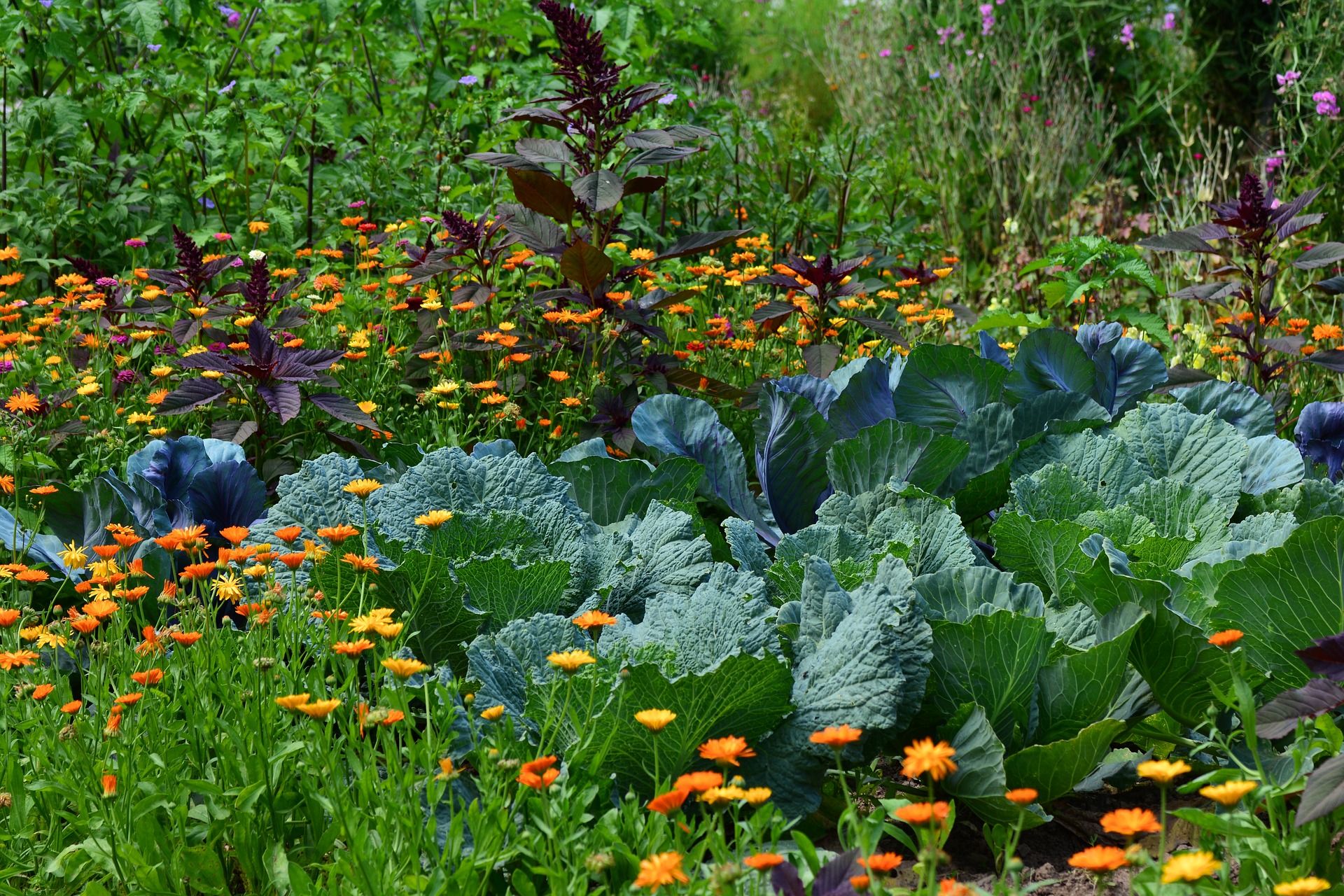
Calendula petals are edible and are often used in salads or on top of cakes. I pick mine after laying the heads toon paper towels to dry them.
You can make your own infused oil with the dried flowers and it was really soothing on my skin.
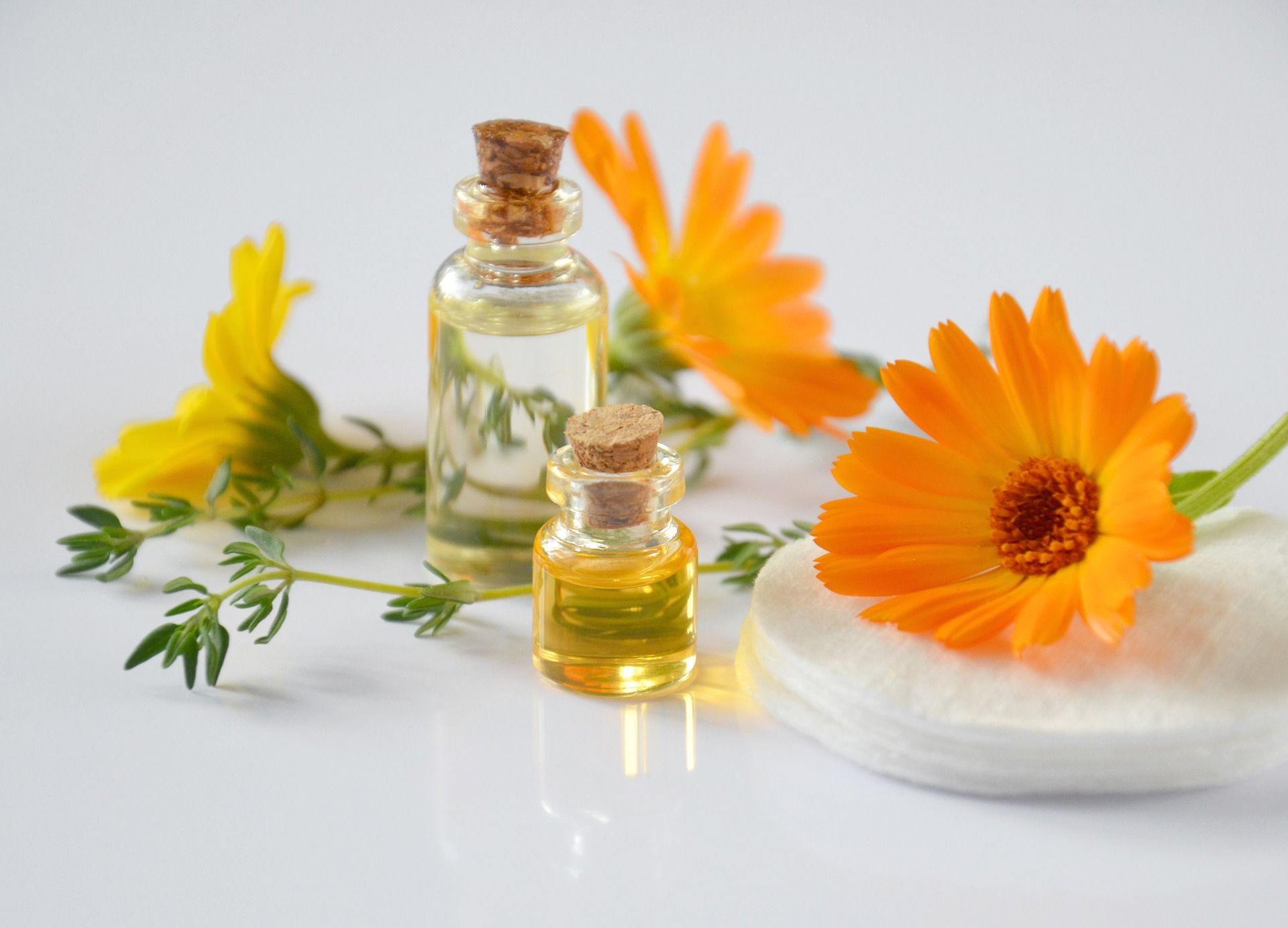
Simply fill a mason jar halfway with dried calendula and fill it with your favorite oil, I used avocado, cap it, and put it in a cupboard for about six months, shaking when I remembered. After that, I strained it and used it in salve, lotion, and soap I made.
Chamomile
Ah, chamomile. My favorite bedtime tea. Did you know that it's easy to grow and cultivate yourself? Chamomile tea is simply an infusion made from dried flowers and hot water.
Purchase the seeds and plant in well-draining soil. Water well and make sure they are getting full sun. When the sweet-smelling flowers are fully open, harvest them.
Chamomile growing in the garden is both useful and visually pleasing. Planting chamomile near the vegetable garden will help keep pests away since it has a strong scent.
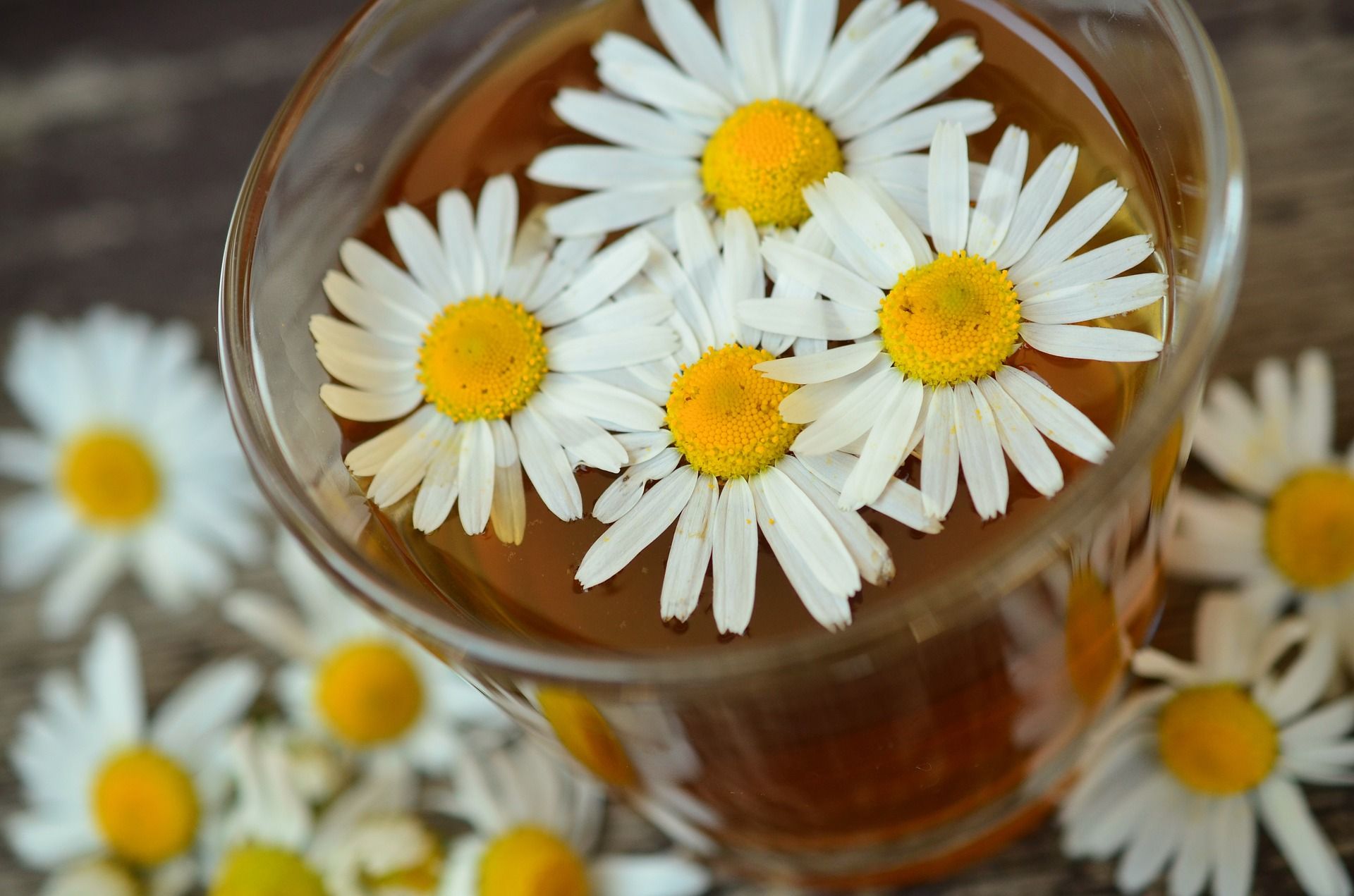
Other uses for chamomile include putting the flowers right in your shampoo, as a compost aide, and as a garden spray. Simply make tea and put it in a spray bottle, using it as desired to speed up composting and as a way to increase overall plant health.
Mint
Mint is one of the easiest herbs to grow and should definitely be one in your garden. Like many of the mint-family members, this herb contains strongly aromatic oils. There are many safe uses for mint including cooking, in baths, as a salve, in a tea. The list goes on.
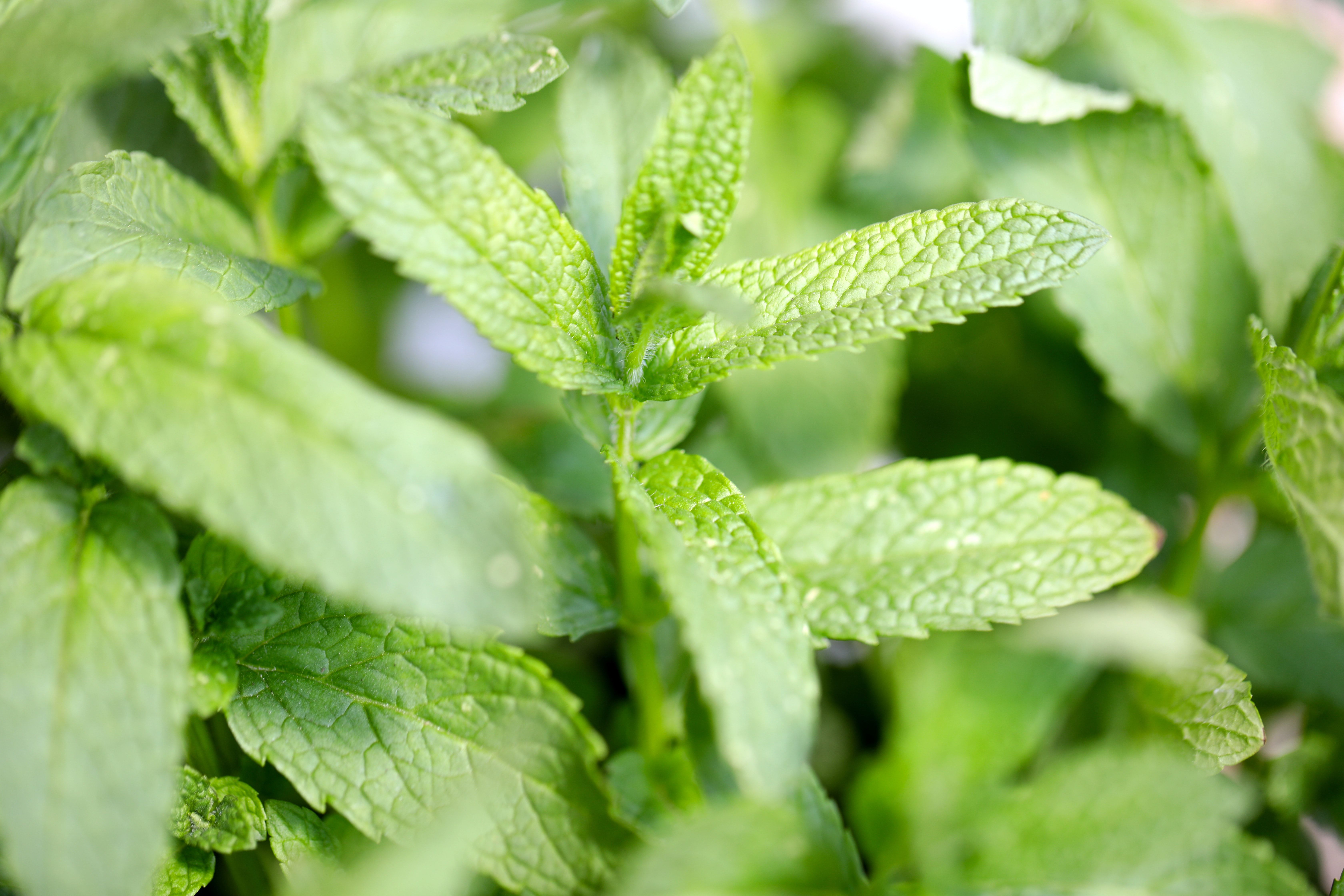
Plant mint in light soil with good drainage, a little shade is good as too much direct light may burn the leaves. If you are growing from seed, plant your mint near cabbage and tomatoes in pots, as you don't want it to spread and take nutrients from your veggies.
Bay
I found one of these plants at a box store last year and caring for it has given me a lot of joy.
While easy to care for, I was also able to cut leaves from my plant and use them in many a recipe. Perhaps my favorite was in my homemade vegetable stock.
Sweet bay trees should be planted in well-draining soil and watered moderately to avoid soggy roots. I left mine in a pot and move it outside in the summer and back in when it gets cold.
BONUS:
There's a super simple way to freeze your herbs in olive oil so that they will be as fresh as the day you cut them any time of the year.

